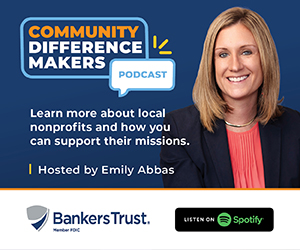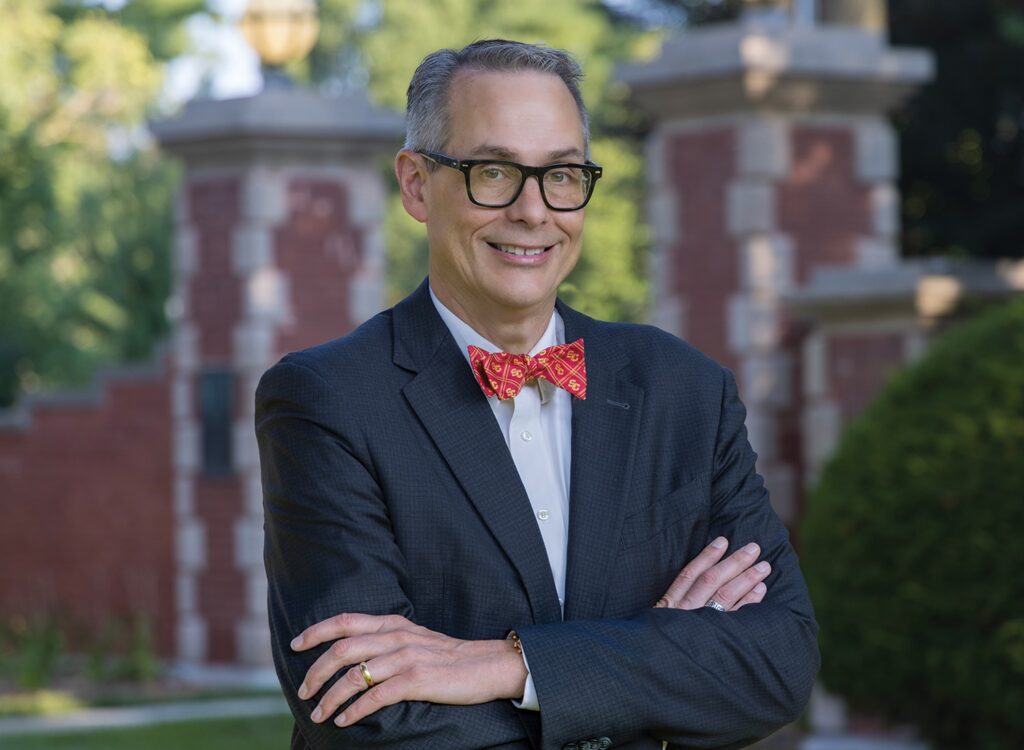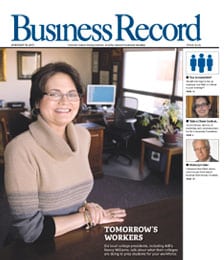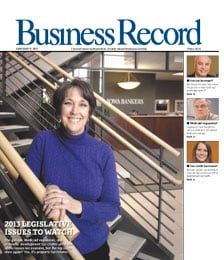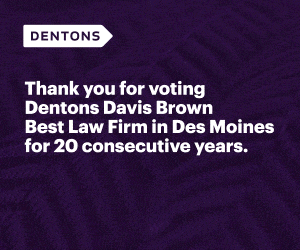Oklahoma audit report raises questions about venture capital model

How much risk are Iowans willing to accept to make venture capital more accessible to start-up companies in the state? And how much do Iowans really understand about how venture capital works?
A recent audit of an Oklahoma venture capital investment program – the model for the Iowa Fund of Funds program – concluded that the program could generate as much as $56 million in losses to that state because it’s not currently generating sufficient revenue to fully repay its loans.
The manager of the Oklahoma Capital Investment Board disputed the audit’s findings, saying the 15-year-old program has benefited the state by generating a direct benefit of $881 million to the state’s economy.
The audit report prompted the Republican co-chairman of the Iowa Legislature’s Government Oversight Committee to call for an audit of the Fund of Funds program. What the audit results and the reaction to it really indicate, say managers of both the Oklahoma and Iowa programs, is a lack of understanding by the public and even state auditors of venture capital and how it works.
Authorized four years ago by the Iowa Legislature, the Iowa Fund of Funds is designed to invest in a portfolio of private venture capital funds throughout the country that in turn will consider investing in Iowa start-up companies. The program failed to attract any private investors until a year ago, after the Legislature approved a bill that enabled it to use the Oklahoma investment model. That approach uses contingent state tax credits to spur banks or other institutional investors to lend money to be invested in venture capital funds.
The Fund of Funds has so far committed to provide up to $17.5 million to three venture capital funds, each based outside the state. Its goal is to create a portfolio of venture capital funds that agree to consider making investments in Iowa-based start-up companies. The fund is governed by the Iowa Capital Investment Board, a five-person board appointed by the governor, and managed by Cimarron Capital Partners, an Oklahoma City-based firm that developed the Oklahoma investing model. One of that firm’s partners, Robert Heard, manages the Oklahoma program. Stephen Ringlee, another Cimarron partner, manages the Iowa program from an office in Ames.
The funds invested so far in Iowa have come from a $10 million line of credit from West Des Moines-based West Bank, and a $5 million line from Wells Fargo Bank Iowa, backed by contingent state tax credits.
Ringlee said the Iowa program is working as it’s intended to, and that it will be an effective approach for building venture capital in the state. He also pledged that its financial results will be made readily available to state officials.
“We’re going to run a transparent program here,” he said. “It is our intent to act as if we are in the public realm, even though this was structured as a private entity because of constitutional reasons.”
The program, which is intended to operate for 50 years, only began investing last year, Ringlee noted.
Sen. Ron Wieck, the Senate Government Oversight Committee co-chair who requested an audit, said he believes a full review of Iowa’s program is necessary to determine if it entails risks similar to those found in the Oklahoma audit.
“If the recent CIETC scandal has taught us anything, it is the importance of public knowledge and responsible oversight of programs funded by taxpayers,” Wieck said in an April 27 press release. “If the Iowa program is being run like the Oklahoma program, then there clearly is a lack of public accountability.”
Iowa Deputy Auditor Andy Nielsen said his office has already been working “for months” to prepare for an annual audit of the Fund of Funds program, which is mandated by state statute. There has not yet been an audit of the program, which was authorized by the Legislature in 2002, because there had been no investment activity until the past year, he said.
“Because it is a very specialized fund, we put out a request for proposal for that audit,” Nielsen said. Once bid proposals are received back, a contract for the audit should be extended within a few days, he said. The audit, expected to be completed by late summer, will cover the period from the fund’s creation on Oct. 30, 2004, through Dec. 31, 2005.
Oklahoma’s audit report concluded that the Venture Investment Program, created in 1991 “on the premise that investment returns would more than cover the program’s operating costs,” is currently $31 million in debt and adding an average of $2.4 million to that debt annually. The program also has unfunded commitments of nearly $24 million it has pledged to venture capital firms, which could further drive up its debt.
“We recognize it is not possible to predict the success or failure of the [Venture Investment Program’s] current portfolio of investments,” the report said. “However, based solely on the amount of distribution received to date from the VIP, the question arises as to whether the VIP will generate enough distribution to service the outstanding $31.1 million debt.”
Heard countered that the program has attracted $100 million in venture capital investments to the state, as well as another $38 million in high-risk business development loans through a revolving loan program. None of the tax credits backing the loans have been sold, he said.
“It’s more accurate to say that the state is risking the full ($100 million) amount,” Heard told the Des Moines Business Record. “Then they hire a board and do the best job they can in managing those resources. If we do a good job, there will be no cost, or there will be as low a cost as possible while producing a benefit. Here in Oklahoma, we’ve produced a tremendous benefit with no out-of-pocket costs to the state.”
Oklahoma’s auditor also questioned the effectiveness of the program in creating new companies in that state. Eighteen of the 162 companies in which the program has invested have been Oklahoma companies, which have received nearly $100 million in investments through a combination of VIP funds and outside investor funds. Of those 18 in-state businesses, two have ceased operations and five have left the state.
“These seven companies account for close to half of the total dollars invested in Oklahoma,” the audit report said. “Therefore, it is unlikely these companies had any long-term economic impact on the state.”
Heard said that jobs and payroll had not been counted, but that was an oversight that has been addressed. “So we produced a report through a study conducted by the Oklahoma City Chamber that showed we’ve had an $881 million impact on the state’s economy,” he said.
Also, as the audit report acknowledged, the program exceeded the goal set for it by the state to cause $2 to be invested in Oklahoma projects for every dollar of program money used, Heard said.
Though there have been investments, no profits from the investments have been returned to the state as intended, the audit report said.
“All profits have been used to satisfy the debt of the programs and/or other operating costs,” the report said. “The only time profits would be returned to the state is when the program is operating debt-free.”
Heard said the program’s returns from its first portfolio of venture funds “was more than enough to repay the banks,” though its second round of investments experienced losses. Its third round of investments is generating good returns so far, he said.
Generally, venture capital investments are going to include some failures, some that just barely hang on and some winners, Heard said.
“We take all of our assets, our performing ones and non-performing ones; these are producing the returns to allow us to pay off the bank,” he said. “We have a structure that allows our lenders to be very patient.”
Over the next 18 months the Oklahoma Capital Investment Board will decide whether it will need to sell some tax credits to cover the losses, or to absorb the losses and wait for the strength of the third portfolio to cover them, he said.
“That’s the kind of policy decision the board has to make,” he said, “and one that (the Iowa board) will probably have to make over time.”


